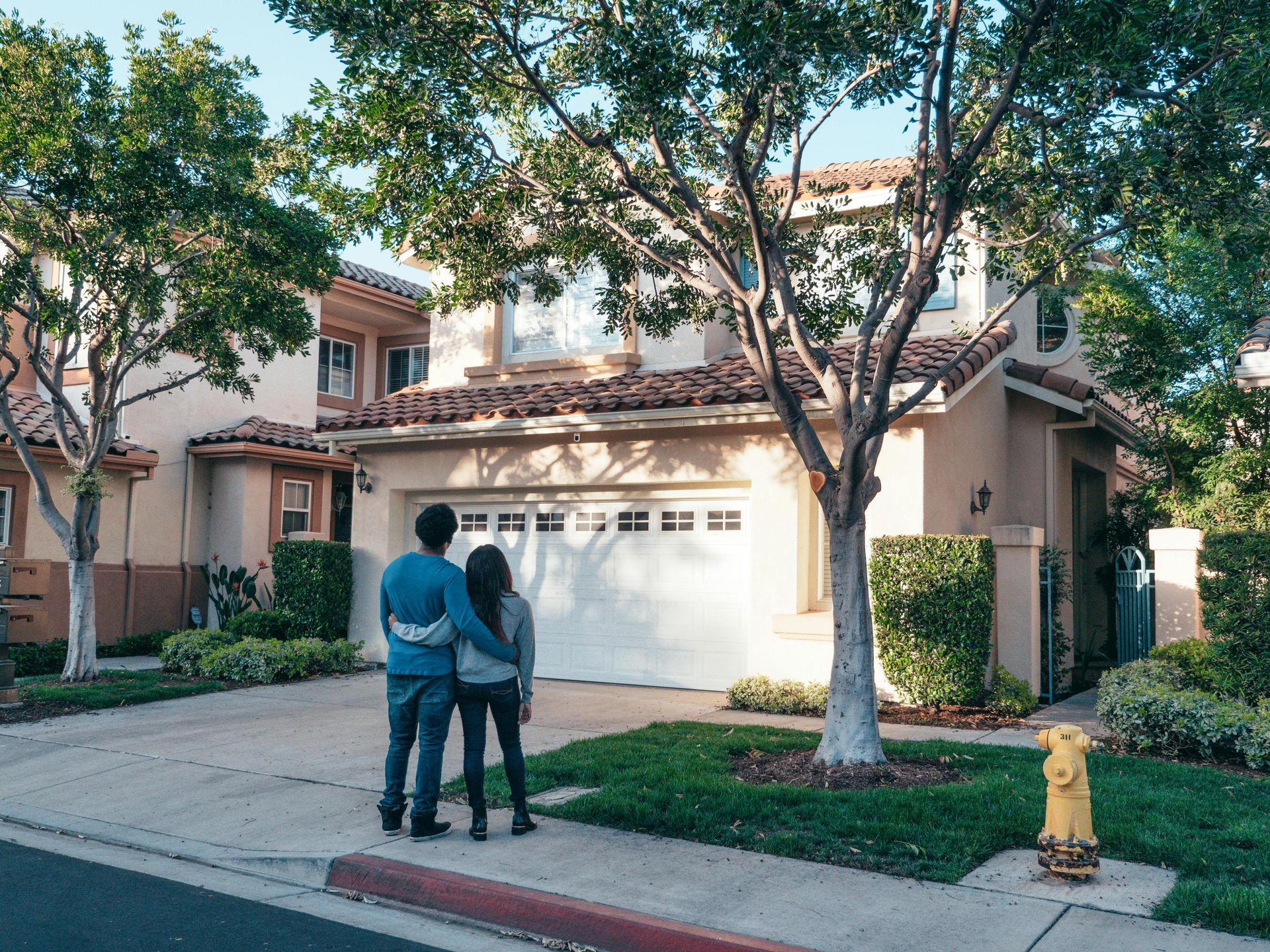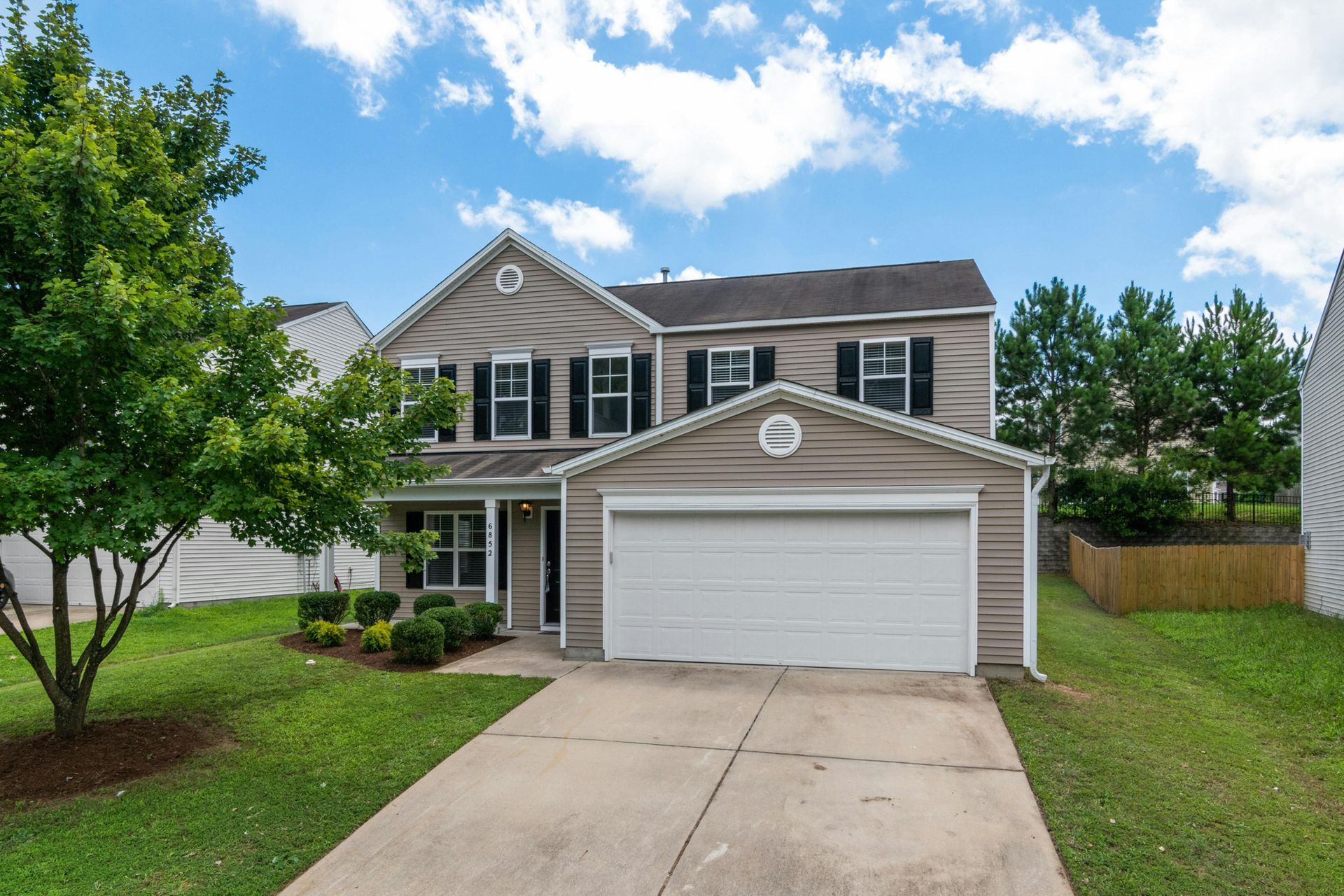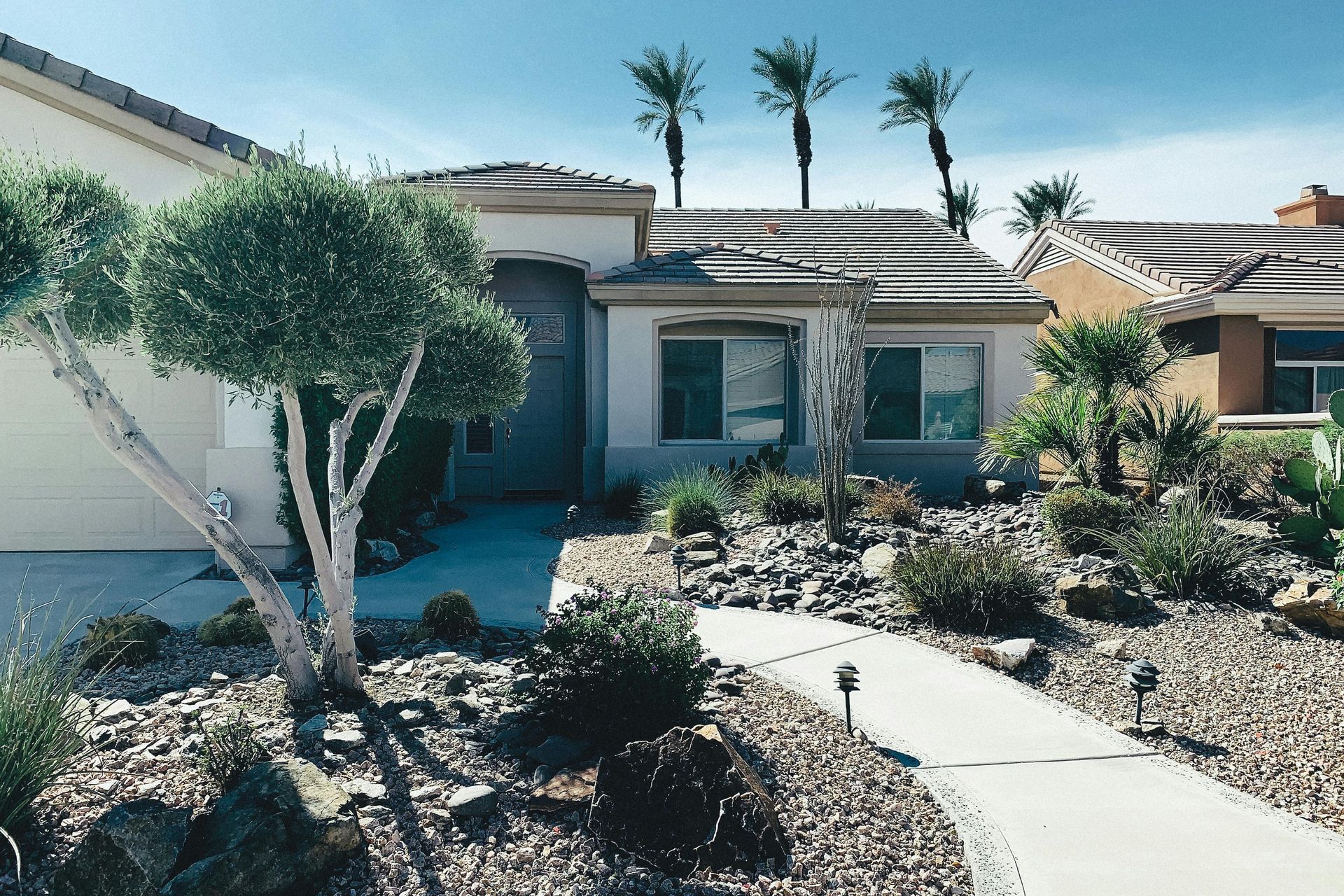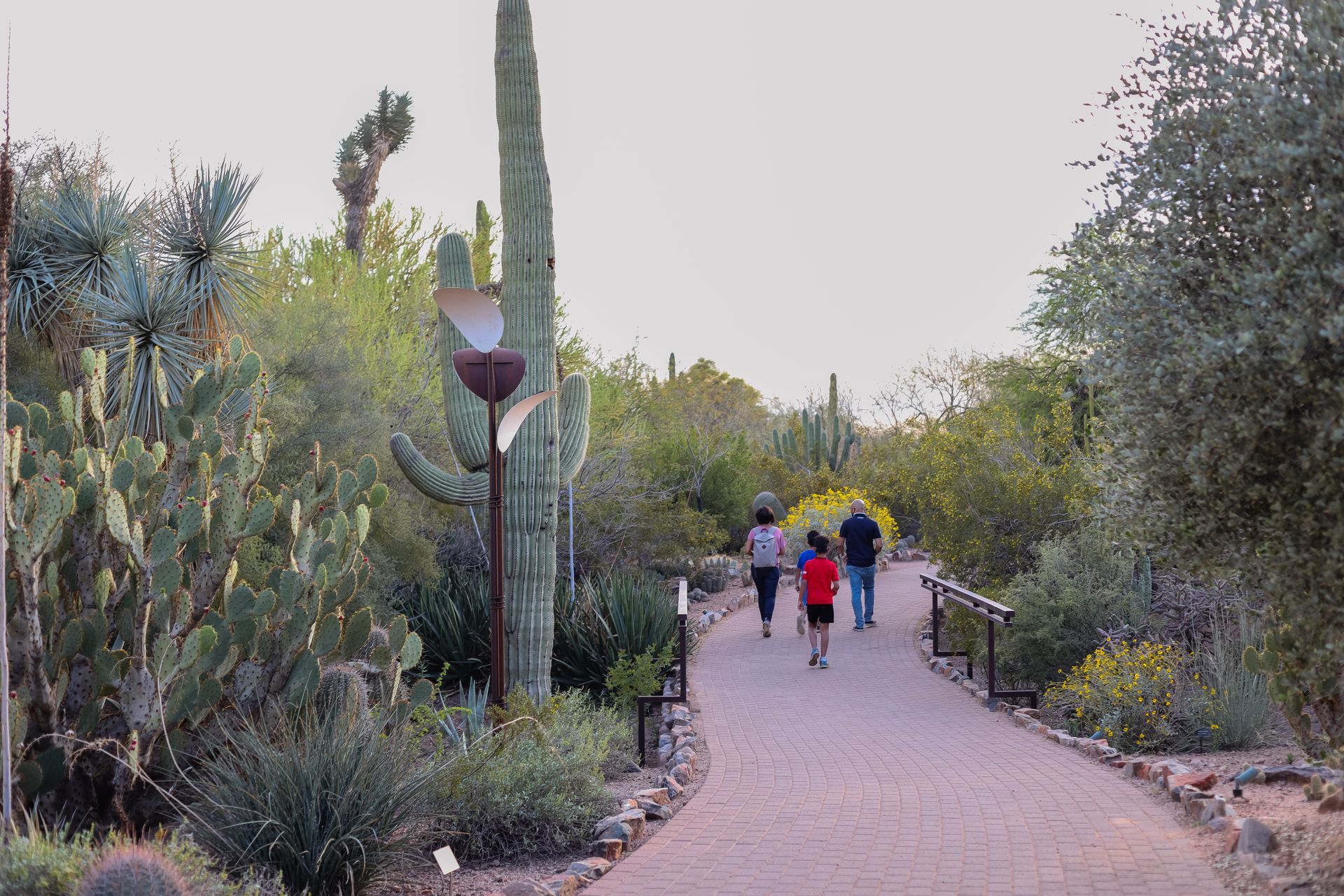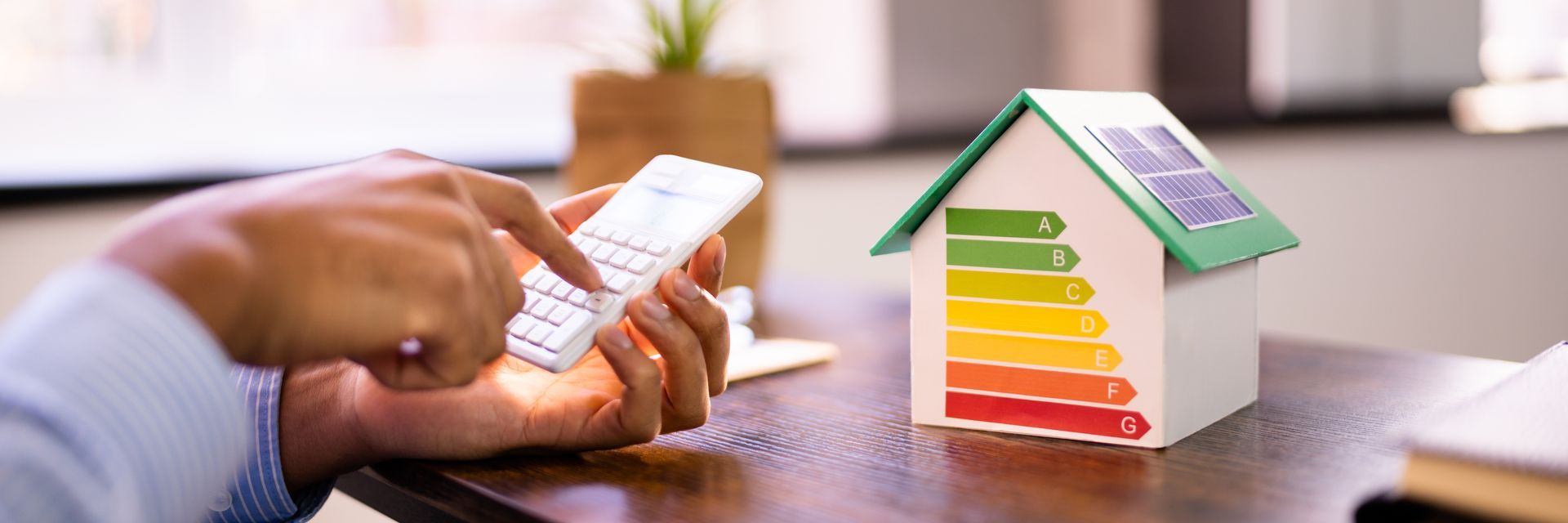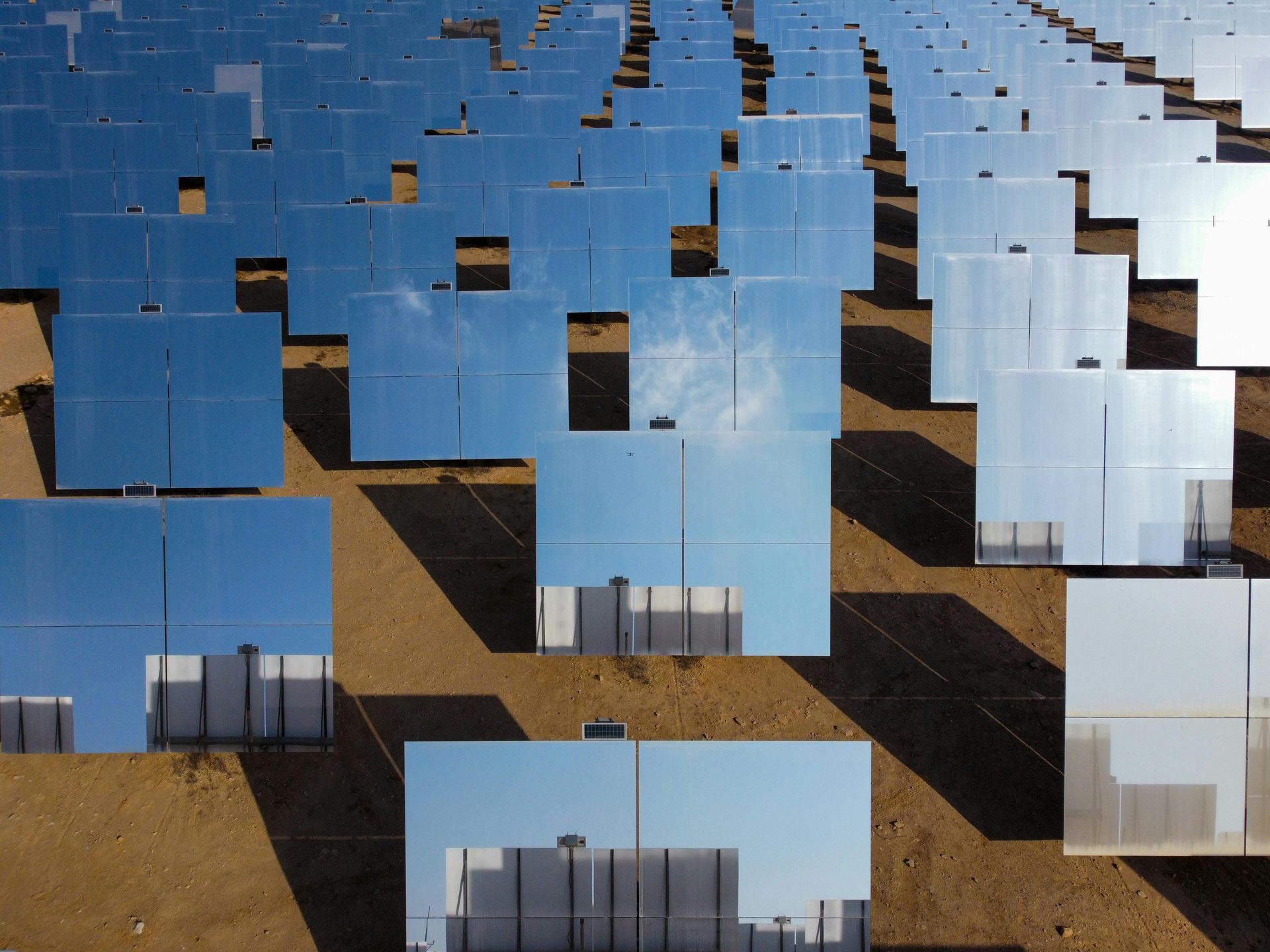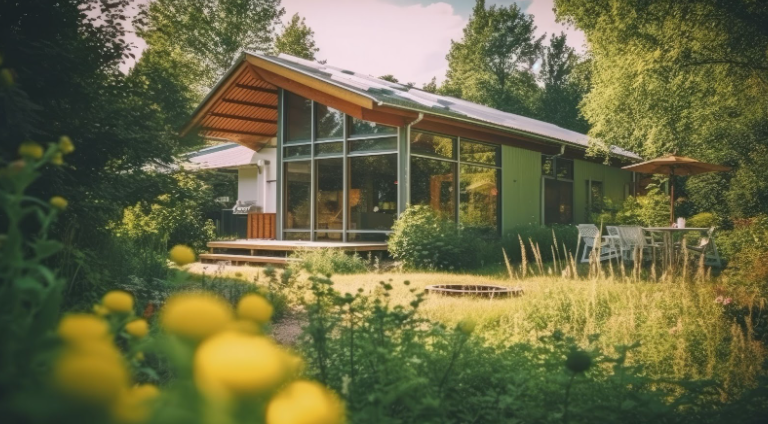Eco-Friendly Desert Home Design: Maximizing Natural Light
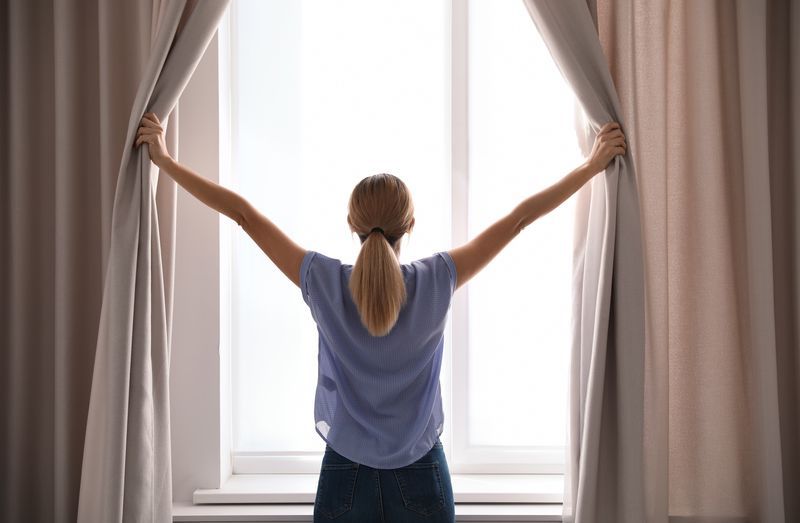
In desert regions, designing homes that are both eco-friendly and comfortable can pose unique challenges. Maximizing natural light is a key strategy in creating sustainable desert dwellings that are energy-efficient and visually appealing.
The Importance of Natural Light in Homes
Natural light in homes has always been a coveted element, largely because of its profound impact on the well-being of inhabitants. Scientific studies have consistently shown that exposure to natural light can significantly improve mood, enhance sleep quality, and promote a general sense of well-being. In fact, natural light plays a critical role in regulating the human circadian rhythm, which affects our sleep patterns and daily performance.
When comparing traditional home designs with eco-friendly designs, a striking distinction is their approach to utilizing natural light. Traditional designs often do not optimize the use of natural light, relying more on artificial lighting solutions, which can lead to increased energy consumption and costs. On the other hand, eco-friendly designs prioritize the incorporation of natural light, recognizing not only its health benefits but also its role in reducing the need for artificial lighting, thereby promoting energy efficiency and sustainability.
The desert landscape presents unique challenges and opportunities for home design, particularly concerning natural light. The intense sunlight can make it difficult to harness natural light without also increasing the indoor temperature to uncomfortable levels. This landscape also offers ample sunlight year-round, providing a unique opportunity to design homes that can utilize this resource effectively while minimizing heat gain. The key is innovative design approaches that balance light incorporation with temperature control, such as strategically placed windows, reflective surfaces, and shading systems. By doing so, homes in desert areas like Phoenix, Scottsdale, and Cave Creek, can enjoy the benefits of natural light without suffering from the harsh summer heat.
The
psychological and physical health benefits of natural light cannot be overstated. Its impact extends beyond merely illuminating spaces, influencing mood, sleep, and overall well-being. Eco-friendly home designs that optimize natural light not only offer health benefits but also promote energy efficiency and sustainability. The unique desert landscape of areas such as Phoenix offers both challenges and opportunities in home design. By carefully considering window placement, materials, and architectural features, it is possible to maximize natural light while controlling indoor temperatures, making homes comfortable and eco-friendly.
Optimizing Window Placement for Maximum Light and Heat Control
One of the keystones of eco-friendly design in desert homes is the strategic placement and orientation of windows. Window orientation is pivotal in maximizing the reception of winter sunlight, essential for natural warmth while minimizing the harsh summer sun that can significantly increase cooling costs. South-facing windows are beneficial for catching the winter sun, while smaller or fewer windows on the east and west sides can reduce the heat during sunrise and sunset.
The type of windows installed plays a crucial role in
managing the intense desert sun. Dual-pane windows with low-emissivity (low-E) coatings can reflect a significant portion of incoming solar radiation, keeping the indoors cooler. Window placements that take advantage of prevailing breezes can also enhance natural ventilation, reducing the reliance on air conditioning.
To these strategies, innovative glass technologies and window treatments contribute to managing heat gain and loss efficiently. Thermochromic and electrochromic smart windows, which change their tint based on temperature and electrical current, respectively, represent the cutting edge in window technology, allowing homeowners to dynamically control the amount of sunlight entering their homes.
Incorporating Light-Enhancing Architectural Features
Desert homes can further optimize natural light by including architectural features designed to enhance light penetration. Skylights, for instance, are an excellent way to flood interior spaces with daylight without increasing heat. Light wells and clerestory windows, placed higher up on walls, allow for light entry while minimizing direct sun exposure.
Reflective interior surfaces, including walls and floors, can significantly increase the dispersion of light throughout the home, creating brighter and more inviting spaces. Privacy concerns, particularly relevant in tightly knit desert communities, can be addressed with strategic placements of windows and the use of frosted or tinted glass that lets in light while obscuring views.
Blending Indoor and Outdoor Spaces
Incorporating the desert's natural light into home design involves creating fluid transitions between indoor and outdoor living areas. Large glass doors and expansive windows can open up interior spaces to the outdoors, enhancing the sense of openness and making the most of the desert's abundant sunlight.
Outdoor shading structures, such as pergolas and awnings, become essential in extending living spaces outdoors. These structures provide necessary shade, making outdoor areas usable throughout the year while also controlling the amount of direct sunlight entering the home.
By thoughtfully considering window placement, incorporating light-enhancing architectural features, and blending indoor and outdoor spaces, desert homes can achieve a harmonious balance between maximizing natural light and managing heat, leading to more comfortable, sustainable, and energy-efficient living environments.
Selecting Eco-Friendly Materials and Colors
Material and color choice is critical in desert home design, especially when considering the optimization of natural light and thermal comfort. Light-hued paints and finishes can reflect the desert sun's rays, minimizing heat absorption and keeping the home's interior cooler. These colors not only contribute to heat management but also enhance the quality of natural light inside, creating airy and luminous spaces.
Eco-friendly materials such as sustainably sourced wood, bamboo flooring, and low-VOC paints further contribute to a home's environmental responsibility while accentuating its natural light. These materials, coupled with energy-efficient windows and insulating materials, combine to create a comfortable, light-filled home that respects its desert environment.
Sustainable Landscape Design for Light Maximization
The outdoor space of a desert home plays a significant role in maximizing indoor natural light while contributing to the home's energy efficiency. Carefully planned landscapes can serve as both a light enhancer and a heat mitigator. For instance, strategically placed vegetation can reflect light into the home while providing necessary shading, reducing the reliance on artificial cooling systems.
Water features can improve light reflection and contribute to micro-climatic cooling, providing passive cooling effects for adjacent indoor spaces. The selection of native plant species not only minimizes water usage but also integrates the home seamlessly into its natural desert surroundings.
The Future of Eco-Friendly Design in Desert Homes
As we look to the future, the trend in eco-friendly home design is towards greater sustainability and innovation. Emerging technologies such as smart windows and solar-integrated roofing are redefining how homes interact with their environments. These technologies, alongside advancements in sustainable materials and construction techniques, are paving the way for homes that are not only self-sufficient in terms of energy but also healthy and harmonious spaces for their inhabitants.
The integration of smart home systems into eco-friendly designs is another exciting development. These systems can automate the optimization of natural light and energy use, adjusting window tints, and shading based on time of day and weather conditions, ensuring that homes remain comfortable while minimizing energy consumption.
Community-wide initiatives and building guidelines focused on sustainable practices are also emerging, fostering a collective approach to eco-friendly living. Such guidelines encourage the adoption of best practices in energy efficiency, water conservation, and material use, contributing to a more sustainable future for desert communities and beyond.
The evolution of eco-friendly design in desert homes is a testament to the innovative spirit of architects and homeowners alike. By selecting appropriate materials, embracing sustainable landscape designs, and adopting future-focused technologies, these homes are set to become beacons of sustainability, comfort, and well-being in the unique and challenging desert landscape.
Ready to bring eco-conscious design to your desert home?
Contact Danijela quenzler today to explore how we can collaborate on creating your ideal eco-friendly desert home.

